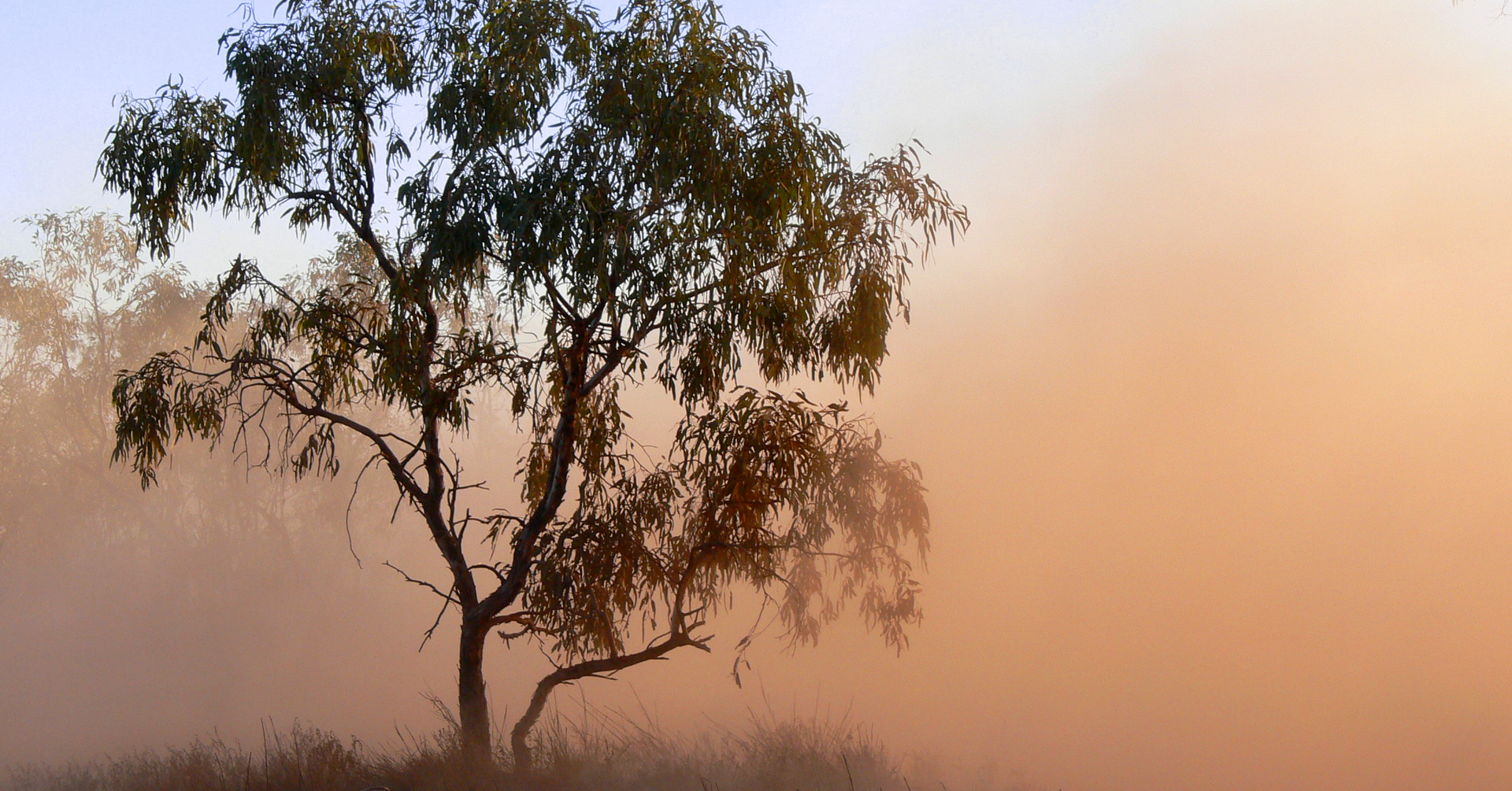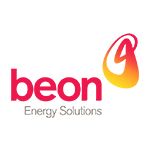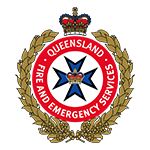Why Choose Us
At Chandler Macleod we pride ourselves on matching candidates to jobs that bring out their best.
The benefits of choosing a job through Chandler Macleod
There is no greater reward in life than seeing someone reach their full potential. At Chandler Macleod we get people. We want to ensure you find a workplace where you are safe, happy, rewarded, trained and developed because we believe that the right fit can lead to a happier life.
We achieve this for you through our proven recruitment process that’s been tried and tested over 60 years – a process we call BestFit™.
There are many additional benefits to working with Chandler Macleod. You can read about them all on our Contractor/Worker Benefits page.
We find your BestFit™
Regardless of salary, title or location, the fact is you can only really feel passionate about your job if it’s the right fit for you. Our BestFit™ recruitment process ensures you find the right role, team, culture and organisation that will allow you to unleash your potential and find fulfillment at work.
Do you feel like you’ve found your BestFit™?
Often as we climb the corporate ladder we begin to lose sight of what we wanted out of our careers in the first place. It’s important to take some time out to remind yourself of your work values from time to time. If these aren’t being met in your current position, this could be impacting your performance, motivation, job satisfaction, and quality of life. Learning more about yourself allows you to make more informed decisions as to the environment or career in which you will perform best.
The right role doesn’t always have to involve a drastic change, a large risk or even a particularly unusual step. The best person-job-environment fit is possible in the smallest or largest organisation and at the most junior or senior roles.
If you believe your current role is not the ideal fit for you, then it’s time to engage with your local Chandler Macleod team about your next opportunity.
We offer above and beyond safety measures
At Chandler Macleod , our intent is resolute – Safety always comes first, and we hold ourselves and our clients accountable.
From the moment you receive the phone call from your Chandler Macleod consultant to advise “you've got the job”, through to the minute your work day ends, your family can take comfort knowing that as the newest member of the Chandler Macleod family, you'll be supported to think, work and go home safely.
Before you are placed on site for your first shift, behind the scenes our dedicated WHS team has already conducted the appropriate risk assessments of our client's site, and it doesn't stop there. We are committed to ongoing reviews, safety observations, identification of hazards and ensuring that we understand exactly what role our employees will be undertaking on site.
You can view our WHS Policy here
In the unlikely event that a candidate or contractor is injured at work, Chandler Macleod has specialist teams of Injury Management professionals to ensure timely and effective medical care and treatment. Working closely with a network of experienced occupational professionals and treatment providers, all injuries are treated with the highest level of care for a speedy and safe recovery.
If you have sustained an injury, illness or are involved in a near miss while on assignment, contact your local Chandler Macleod office by phone immediately. We are a 24/7 service, so no matter what time of day, we are always available to take your call.
View our Health and safety commitment here.
Contact form [Why Choose Us Section]
We will get back to you as soon as possible.
Please try again later.
Let us get back to you
How can we help
From the blog
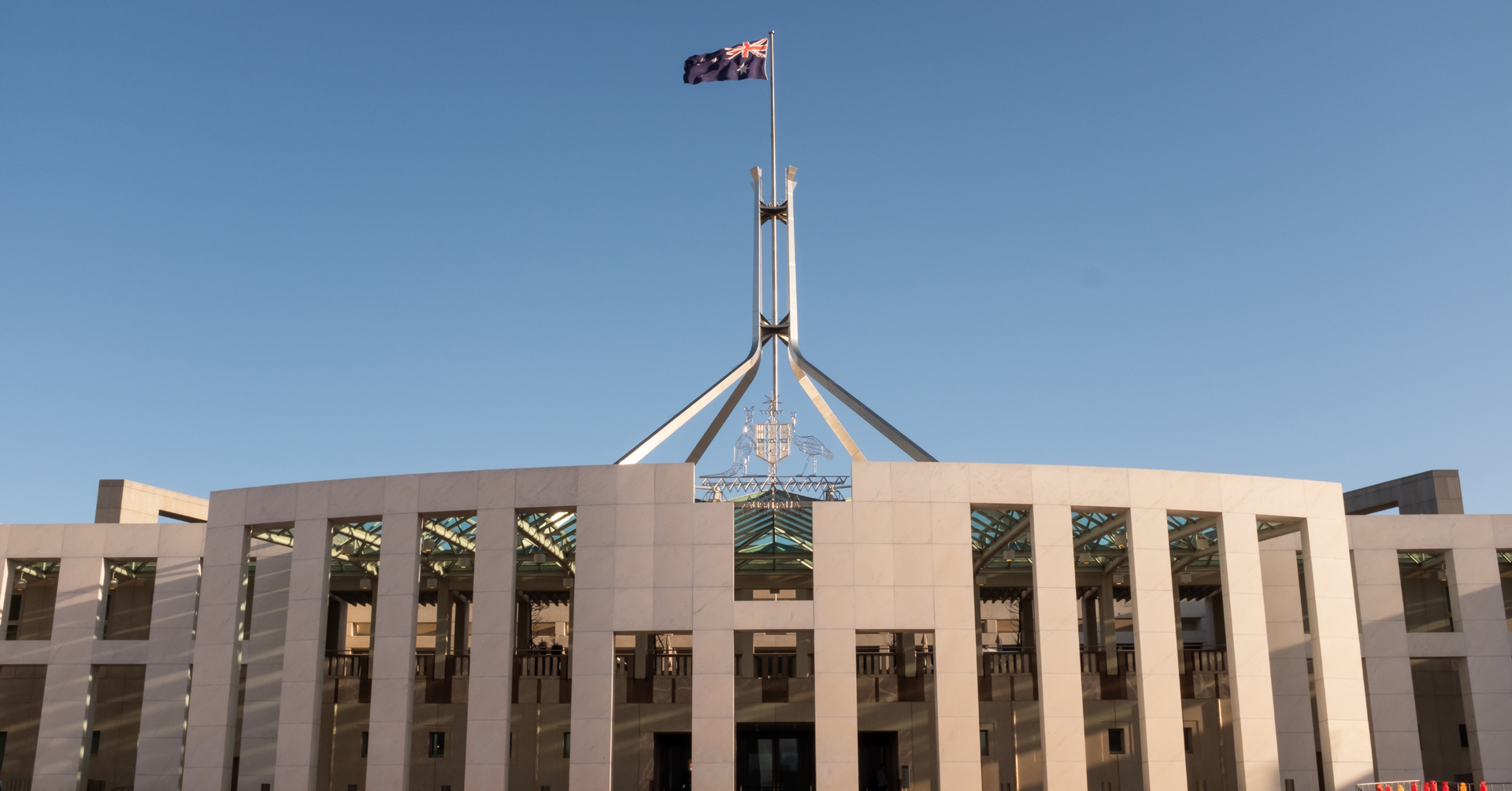

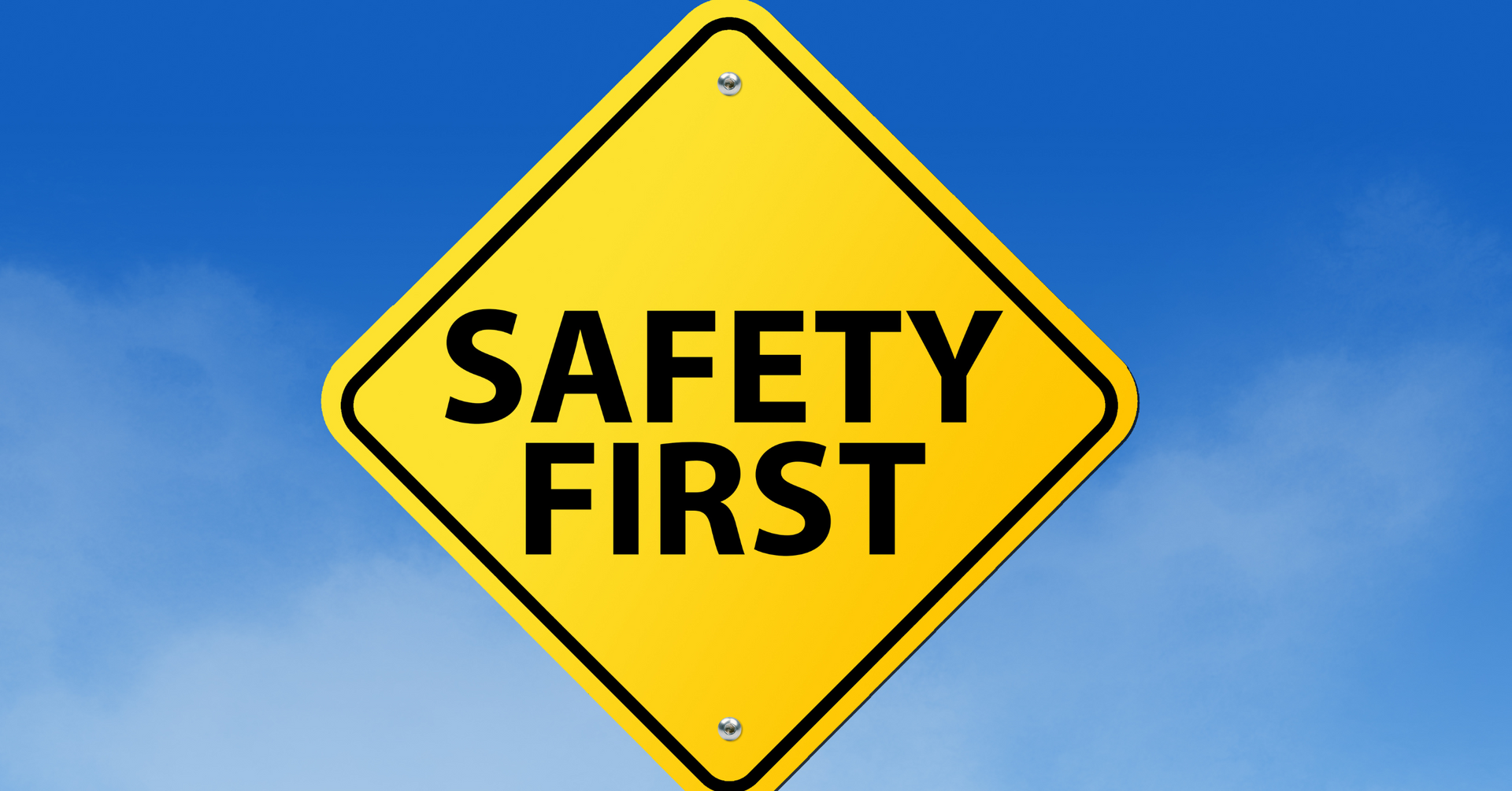
Let us find your next job
Sign up to our job alerts today, and receive jobs in your inbox!

Our specialties
Our specialties
Advice
More from us

